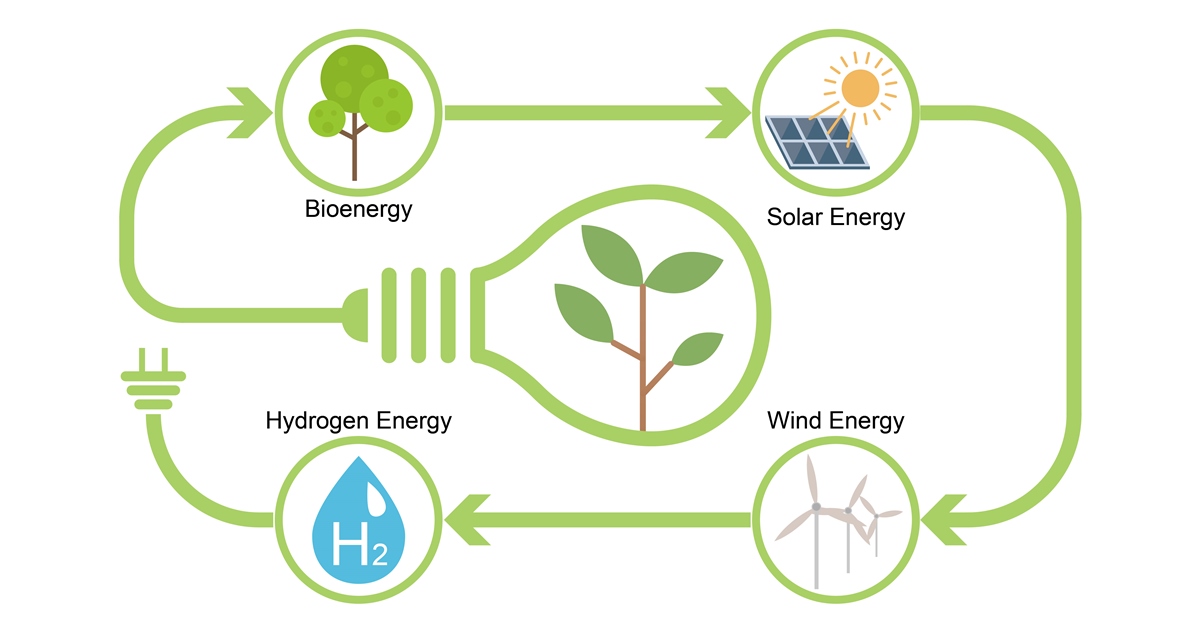Sustainable Energy Technology, 2nd Edition
Topic Information
Dear Colleagues,
This Topic is a continuation of the previous successful Topic “Sustainable Energy Technology”. The Topic covers the technologies, products, equipment, and devices, as well as energy services, based on software and data protected by patents and/or trademarks. The recent trends underline the principles of a circular economy, such as sustainable product design, the extension of a product’s lifecycle, reusability, and recycling. Climate change, environmental impact, and limited natural resources require scientific research and novel technical solutions. The Topic Sustainable Energy Technology is a publishing platform for scientific and technological approaches to “green”—i.e., environmentally friendly and sustainable—technologies. While the focus of the Topic lies in energy and bioenergy, it also covers “green” solutions in all aspects of industrial engineering. The Topic Sustainable Energy Technology addresses researchers, advanced students, technical consultants, and decision-makers in industries and politics. This Topic will include a comprehensive overview and in-depth technical research papers that address the recent progress in sustainable energy technology. Studies of advanced techniques and methods in sustainable energy technology are also welcome. Research that involves experimental and numerical studies, recent developments, and current state-of-the-art and emerging technologies in this field are highly encouraged.
Prof. Dr. Wei-Hsin Chen
Prof. Dr. Aristotle T. Ubando
Prof. Dr. Chih-Che Chueh
Prof. Dr. Liwen Jin
Dr. Yanjun Sun
Topic Editors
Keywords
- bioenergy
- solar energy
- wind energy
- marine energy
- geothermal energy
- hydrogen energy
- energy storage
- energy saving
- CO2 capture and utilization
- thermoelectric generation
- thermodynamics
- heat transfer
